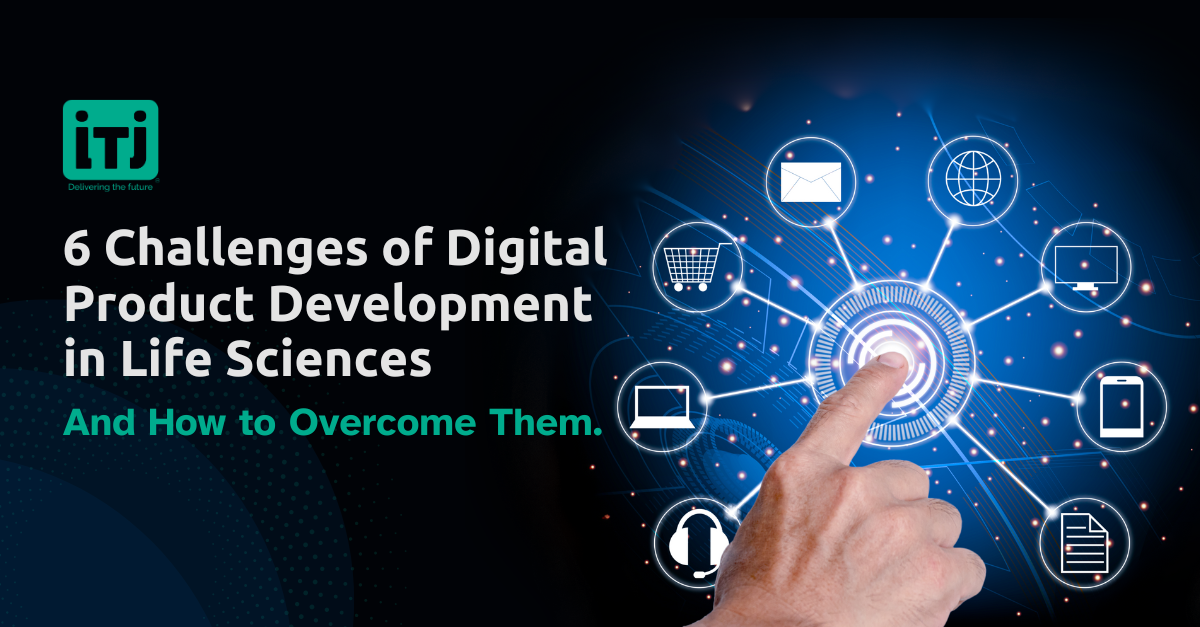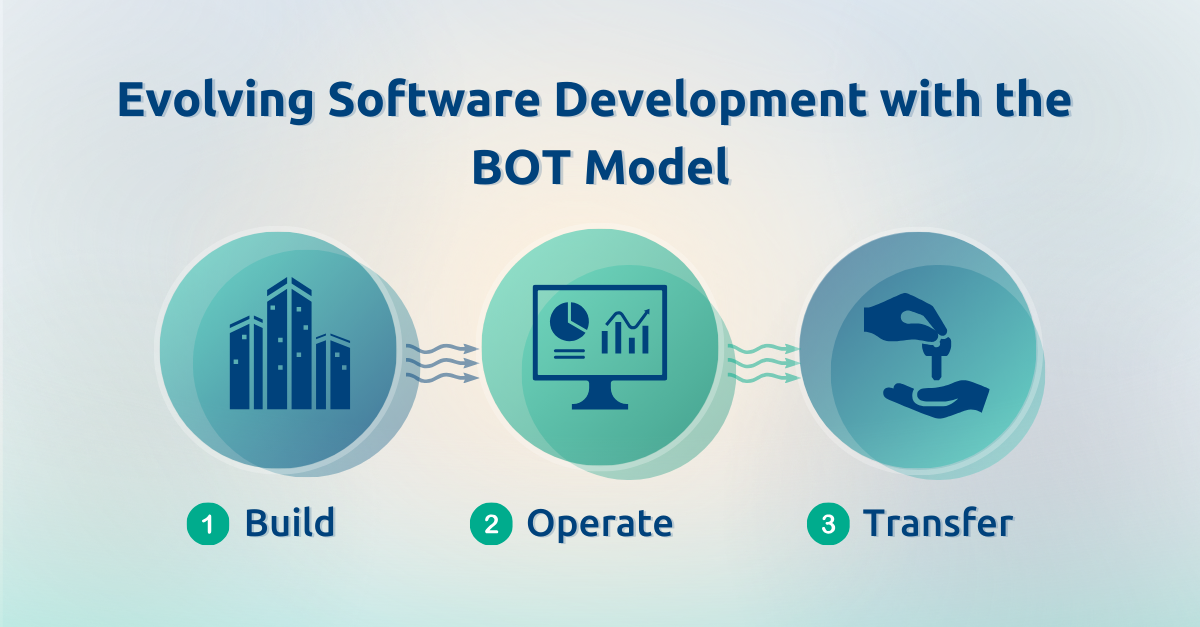
Advances in IoMT 2022
January 27, 2022
More than 500,000 different types of medical devices are manufactured by MedTech companies, including wearable external medical devices (insulin pumps, skin patches, and blood glucose monitors), implanted medical devices, and stationary medical devices (home monitoring devices, connected imaging devices, and scanning machines). Medical equipment and gadgets are used in the majority of patient contacts with the health care system. The increase in the number of linked medical devices, together with advancements in the systems and software that facilitate the gathering and transfer of medical-grade data, as well as networking technologies and services, has resulted on the Internet of Medical Things (IoMT).
The rise of the IoMT comes at a time when health care is becoming more expensive, with global health care spending expected to increase by 4.2 percent per year, from $7.1 trillion in 2015 to $8.7 trillion by 2020, owing largely to a growing and aging population, with more people living longer but with multiple maladies. The IoMT comes along with a crucial role to play when it comes to the quality and efficiency of care supporting the shift to value-based care (VBC).
The newest advances in IoMT for 2022 are:
- Keeping trust. Traditional medical device businesses are getting increasingly involved in data management and analytics, while global technology corporations and other new entrants into the health care ecosystem are becoming more active in the connected medical device market. As a result, as MedTech businesses build strategies and services based on the creation and transfer of patient data, they must show to patients, the general public, and healthcare professionals that the data is safe and appropriately utilized. MedTech businesses must adopt important data management and permission rules that allow patients control over their own data, including the option not to share it.
- Maintain cybersecurity. As the quantity and capabilities of connected medical devices grow, so do the hazards to data security. Breach sizes and costs are frequently large and costly. Regulators recognize that cyber-threats cannot be totally avoided and that stakeholders must collaborate and take a more proactive approach to risk management. MedTech firms must take a “security by design” strategy, which includes real-time monitoring, cyber threat modeling and analysis, threat mitigation, and remediation.
To know more about cybersecurity in IoMT, you can visit IoMT and Medical Device Cybersecurity.
- Gain an in-depth understanding of end-users. The uptake and integration of linked medical devices will accelerate as more providers embrace VBC models. VBC relies heavily on data and insights on patients and processes. The ability of an organization’s IT infrastructure to manage or process the connections and data, as well as whether physicians and patients can be convinced of the devices’ safety and usefulness, are also challenges. Medical technology enterprises require the services of two people. The Internet of Medical Things and MedTech develop a thorough understanding of the end-user and establish business models and scenarios that illustrate how their new and current products not only enhance patient outcomes but also create value for important health care stakeholders.
These revolutions began with the development of the internet and have transformed technology and society for the past 30 years. IoT technologies are rapidly aiding the health care industry, as developments in processing power, wireless technology, and miniaturization drive innovation in linked medical device development.
About ITJ
ITJ is a trusted partner in building the finest software engineering teams in the Americas. For more information, visit www.itj.com.

